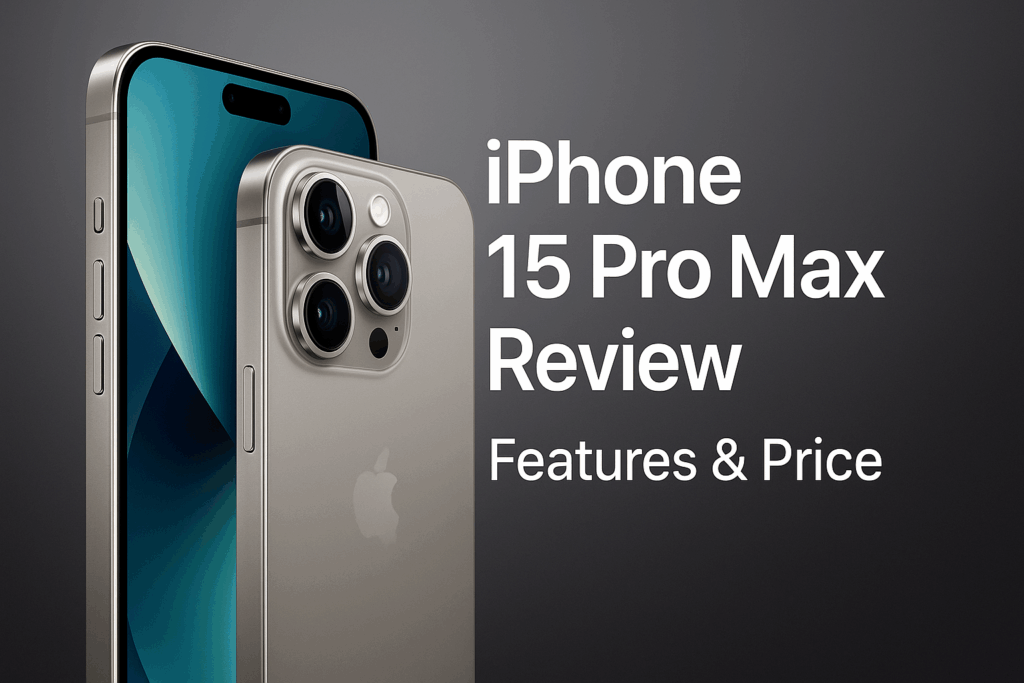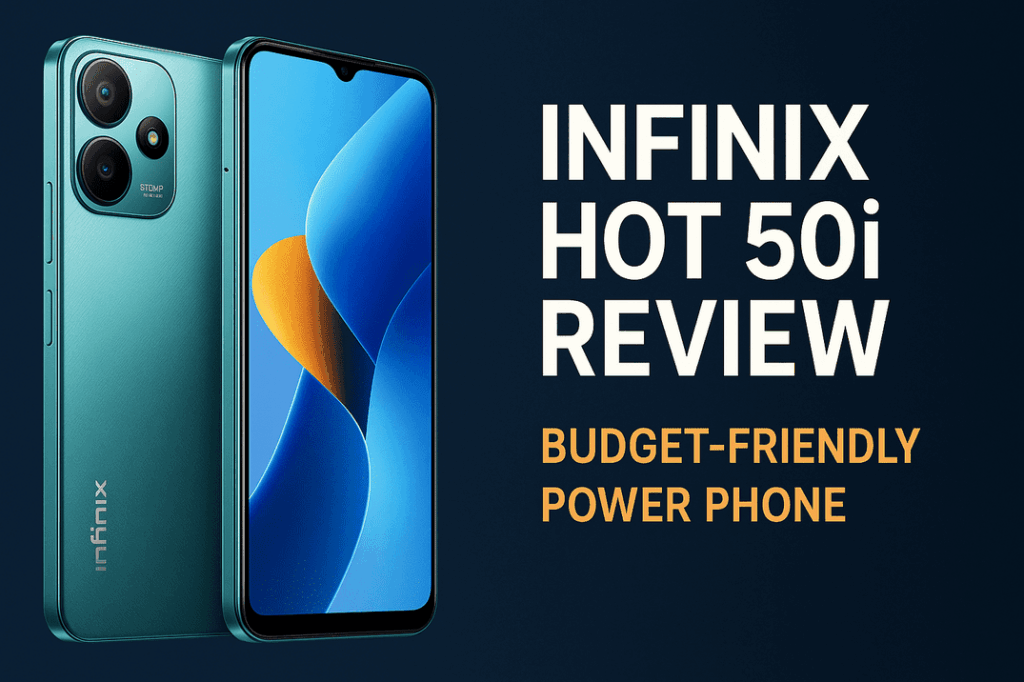There’s a unique magic to Lagos after the sun goes down. It’s the vibrant, pulsating energy of a live show at the New Afrika Shrine, bathed in dramatic stage lights. It’s the sophisticated, warm ambiance of a candlelit dinner in a Victoria Island restaurant. It’s the breathtaking silhouette of the Lekki-Ikoyi Link Bridge against a twilight sky. For years, we’ve tried to capture these moments with our phones, only to be met with disappointment: a blurry, grainy mess that was a pale imitation of the beauty we saw with our own eyes. The spirit of the moment was lost to the limitations of technology.
For a decade, the smartphone camera battle was fought over megapixels, a noisy war of numbers that often promised more than it delivered. But that era is over. In 2025, the true showdown, the battle that defines the ultimate camera phone, is being waged on a different front: sensor size. The “1-inch type” sensor, once a mythical beast found only in high-end professional cameras, is now the holy grail of mobile photography. It is the single most important piece of hardware in the quest to conquer the dark. Today, we’re pitting the 2025 flagship titans that wield these massive sensors against each other in a definitive showdown to unmask the true low-light camera king.
Physics 101: Why Sensor Size is the Ultimate Camera Hack
Before we dive into the contenders, it’s crucial to understand why this specific piece of hardware is such a monumental game-changer. Forget megapixels, forget digital zoom; the most fundamental principle of photography is light. The quality of any photo is determined by how much light the camera can capture. This is where sensor size reigns supreme.
The simplest way to understand it is with an analogy: imagine trying to collect rainwater. A camera’s sensor is like a bucket. A larger sensor is a wider bucket. During a brief rain shower (the equivalent of a quick snapshot), a wider bucket will naturally collect significantly more water than a narrow one. In photography, light is the rain. A larger sensor physically captures more photons in the same amount of time, and this has three transformative benefits for low-light photography:
- Drastically Reduced Noise: In low light, a small sensor struggles to collect enough light. To compensate, the phone’s software has to artificially “amplify” the signal it receives. This process is like turning up the volume on a faint radio signal—you hear the music, but you also hear a lot of static. In photography, that static is called digital noise, the ugly, grainy texture that ruins night shots. A 1-inch type sensor captures so much more light naturally that it needs far less amplification, resulting in images that are incredibly clean, sharp, and detailed, even in dim conditions.
- Superior Dynamic Range: Dynamic range is a camera’s ability to see detail in the brightest parts (highlights) and the darkest parts (shadows) of a single photo. A small sensor often has to choose: expose for the bright streetlights and plunge the rest of the scene into black, or expose for the shadows and turn the lights into blown-out white blobs. A large sensor can capture a much wider range of light and shadow in one go, producing a rich, balanced image that looks much closer to what your own eyes can see.
- Natural, Beautiful Bokeh: You know that professional-looking portrait with a tack-sharp subject and a beautifully creamy, blurry background? That effect is called “bokeh,” or depth of field. For years, phones have tried to fake this with “Portrait Mode,” which often looks artificial, with messy edges around hair. A large 1-inch type sensor, paired with a wide aperture lens, can produce this effect *optically*. The result is a natural, gradual fall-off from sharp to soft that looks incredibly professional and aesthetically pleasing. It’s the most obvious sign that you’re looking at a photo from a truly high-end camera system.
It’s important to note that “1-inch type” is a historical naming convention from the days of vacuum tube video cameras; it’s not a literal physical measurement of the sensor. However, it represents the largest class of sensors ever put into a mainstream smartphone, a massive leap in hardware that allows for a massive leap in quality.
The 2025 1-Inch Sensor Titans: A Head-to-Head Showdown
In 2025, the 1-inch sensor club is still an exclusive one, primarily dominated by Android manufacturers who have been more aggressive in pushing camera hardware to its limits. Let’s see how the top contenders stack up.
The Imaging Purist: Xiaomi 15 Ultra (with Leica Co-engineering)
The Philosophy: Xiaomi, in its partnership with the legendary German camera maker Leica, has focused on delivering an experience that is as close to using a professional camera as possible. Their philosophy is about creating an “artistic” or “photographic” image straight from the phone, with a focus on beautiful color science and character.
The Hardware: The Xiaomi 15 Ultra is built around the latest Sony LYTIA 900 1-inch type sensor. But the sensor is only half the story. It’s paired with a sophisticated Summilux lens system designed by Leica, featuring advanced coatings that masterfully control lens flare and ghosting—a common plague in night cityscapes with multiple light sources. This combination of a massive sensor and a high-quality “glass” is a purist’s dream.
Low-Light Performance: The Xiaomi 15 Ultra produces arguably the most aesthetically pleasing still photos in low light. It offers two distinct Leica shooting modes: “Leica Vibrant,” which delivers a punchy, modern look perfect for social media, and “Leica Authentic,” which provides a more muted, high-contrast, filmic look that is stunning for portraits and atmospheric scenes. The natural bokeh from the 1-inch sensor is simply gorgeous, and the images are incredibly clean. It excels at capturing the mood and texture of a scene, making it a powerful tool for creative expression.
The Video Virtuoso: vivo X110 Pro+ (with Zeiss Co-engineering)
The Philosophy: vivo’s partnership with Zeiss, another iconic German optics company, has been laser-focused on achieving technical perfection, particularly in flare resistance and video performance. Their goal is to deliver the cleanest, most precise image possible, especially under challenging lighting.
The Hardware: The X110 Pro+ also features a top-tier 1-inch type sensor, but its ace in the hole is the legendary Zeiss T* (T-Star) lens coating. This proprietary coating is world-renowned for its ability to eliminate stray light, reflections, and lens flare. This is paired with vivo’s own custom imaging chip, the V4, a dedicated processor that handles complex tasks like noise reduction and stabilization in real-time, offloading the work from the phone’s main processor.
Low-Light Performance: While its still photos are excellent and incredibly sharp, the vivo X110 Pro+ truly becomes the king when you hit the record button. The combination of the large sensor, the flare-resistant lens, the dedicated imaging chip, and advanced stabilization results in the best low-light 4K video of any smartphone. It can capture the chaotic lighting of a concert or the mixed streetlights of a busy road with stunning clarity and stability, and without the distracting green flares that plague lesser lenses. It is the undisputed choice for mobile filmmakers and content creators who frequently shoot after dark.
The Mainstream Powerhouse: Samsung Galaxy S25 Ultra
The Philosophy: Samsung’s approach is a fusion of impressive hardware and the industry’s most aggressive computational photography. Their goal is to produce the brightest, sharpest, and most instantly impressive photo possible, using software to pull jaw-dropping detail out of the darkest scenes.
The Hardware: In 2025, Samsung finally incorporated a sensor in its Ultra model that is, for all practical purposes, a 1-inch type sensor. This is combined with their signature 200-megapixel technology, which uses advanced pixel binning to merge 16 pixels into one giant, light-sensitive super-pixel.
Low-Light Performance: The Galaxy S25 Ultra is the king of “turning night into day.” In a side-by-side comparison in an extremely dark environment, the Samsung will almost always produce the brightest and most visibly detailed image. Its powerful AI-driven multi-frame processing stacks numerous images and pulls out information that seems invisible to the naked eye. While some purists may argue that this can look slightly unnatural or “over-processed,” the result is undeniably impressive and perfect for sharing on social media. For the average user who simply wants the clearest, most detailed shot of a dark scene, the S25 Ultra is often the most astonishing performer.
The Lagos Test: Real-World Low-Light Scenarios
- Scenario 1: A Candlelit Dinner at a VI Restaurant. In this intimate, moody setting, the Xiaomi 15 Ultra in “Leica Authentic” mode would likely be the winner. It would capture the warm, high-contrast ambiance and beautiful skin tones without artificially brightening the scene, preserving the actual mood of the moment.
- Scenario 2: A Burna Boy Concert at Eko Atlantic. Capturing the explosive energy and chaotic stage lighting of a major concert is the ultimate test. The vivo X110 Pro+ would be the champion here. Its Zeiss T* coating would handle the intense, flaring stage lights with unmatched clarity, and its superior video stabilization would produce smooth, usable footage even amidst a jumping crowd.
- Scenario 3: A Moonlit Nightscape Across the Lagoon. For this extremely dark, wide shot, the Samsung Galaxy S25 Ultra would pull ahead. Its incredible processing power would render the darkest parts of the water with surprising detail and keep the distant city lights sharp and clear, producing the brightest, most detailed, and most “wow-worthy” final image.
Conclusion: Unmasking the 2025 Low-Light King
The 1-inch sensor showdown reveals a thrilling truth: the war for low-light supremacy has splintered. There is no longer one undisputed king, but a court of masters, each with a specialized domain. The crown for the true low-light king of 2025 is not a single entity but a trinity of choices, depending entirely on your creative intent.
- The Photographer’s Choice for Stills: The Xiaomi 15 Ultra, for its artistic soul, beautiful color science, and the sheer photographic quality of its images.
- The Videographer’s Choice for Motion: The vivo X110 Pro+, for its technical precision, flare resistance, and its unmatched ability to capture clean, stable video in the dark.
- The “Wow Factor” King for Sheer Power: The Samsung Galaxy S25 Ultra, for its jaw-dropping ability to pull light and detail from seemingly impossible darkness, producing the most instantly impressive shots.
The introduction of the 1-inch sensor to the mainstream has fundamentally changed the game. It marks the moment where the hardware in our pockets finally begins to rival the physics of dedicated cameras. For anyone who loves photography, the choice in 2025 is no longer about which phone can simply take a photo at night, but about which phone can best help you create art.


